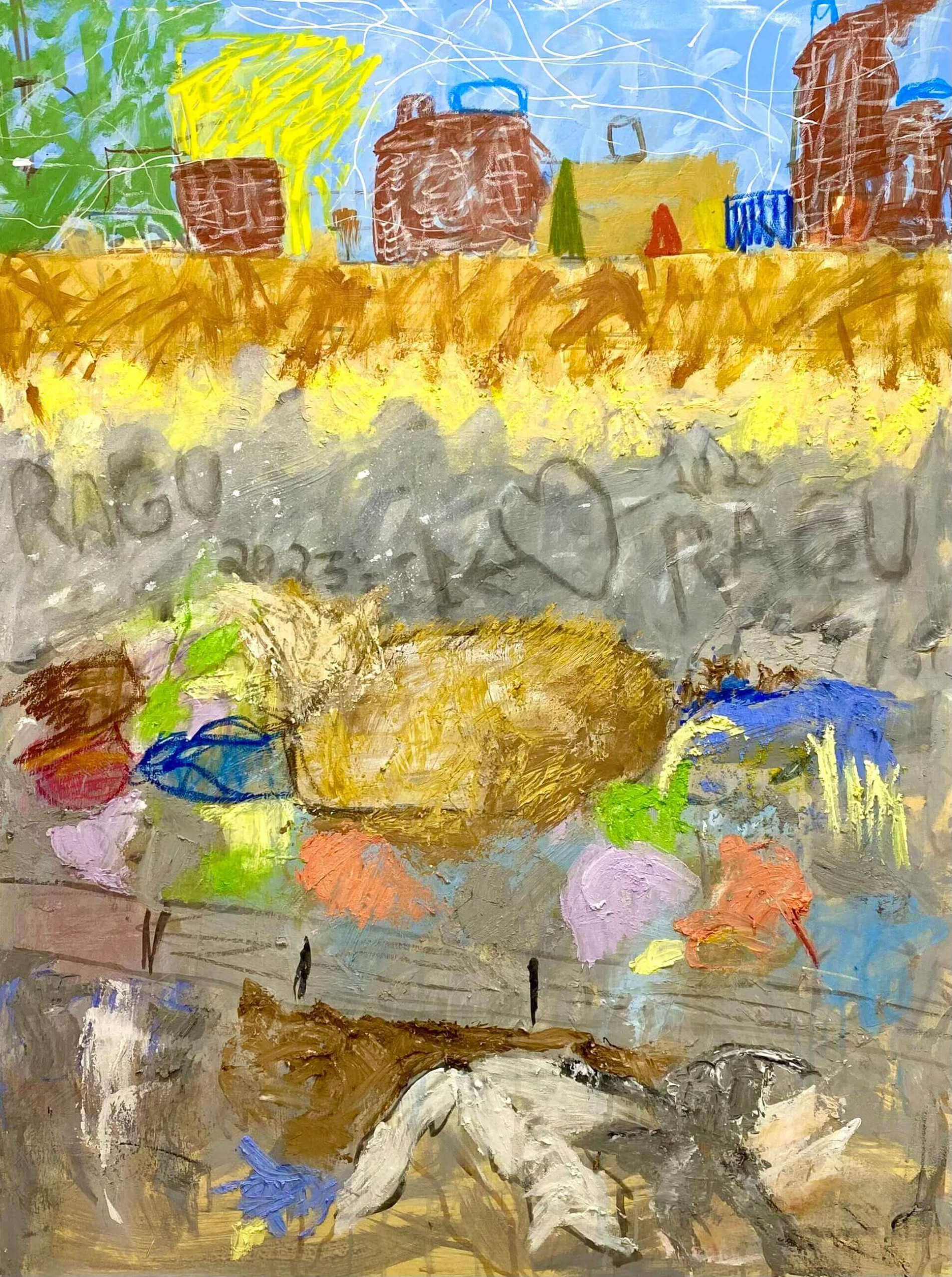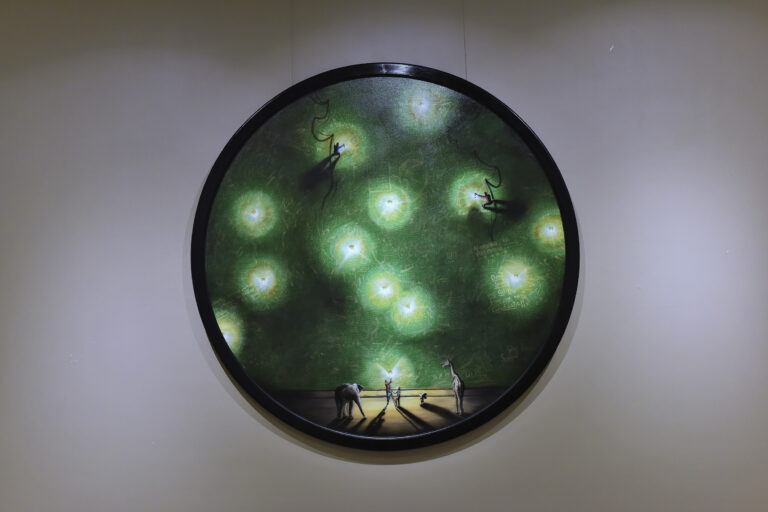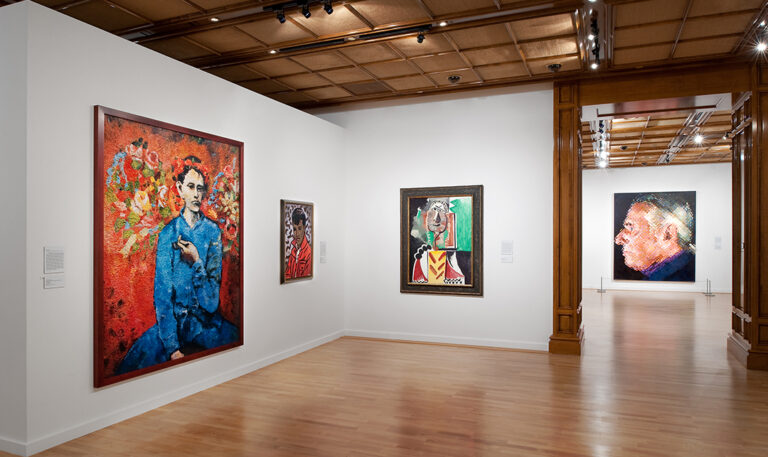
Abstract art, a genre that emphasizes non-representational forms and colors, has captivated audiences and art enthusiasts for over a century. Its departure from realistic depictions to focus on the essence of objects, emotions, and concepts has made it a subject of intrigue and debate. In this blog, we will explore the origins, key characteristics, and significance of abstract art, shedding light on its enduring appeal and impact on the art world.
Abstract art emerged in the early 20th century as artists began to move away from traditional representational art forms. The movement was influenced by several factors, including technological advancements, changes in societal values, and the exploration of new philosophies and scientific theories. Key pioneers of abstract art include Wassily Kandinsky, Kazimir Malevich, and Piet Mondrian, each of whom contributed to the development and evolution of the genre.
Wassily Kandinsky: Often regarded as the father of abstract art, Kandinsky believed that art should convey spiritual and emotional experiences rather than depict the physical world. His work is characterized by vibrant colors, dynamic compositions, and a sense of movement.
Kazimir Malevich: Malevich founded the Suprematism movement, which focused on basic geometric forms and pure color. His famous work, “Black Square,” is considered a seminal piece in the history of abstract art, symbolizing the rejection of traditional art forms and the embrace of new artistic expressions.
Piet Mondrian: Mondrian’s work is known for its simplicity and precision, utilizing straight lines, primary colors, and rectangular forms. He developed a style called Neoplasticism, which aimed to create a sense of harmony and order through abstraction.
Abstract art is diverse and encompasses a wide range of styles and techniques. However, there are several key characteristics that define the genre:
Abstract art has had a profound impact on the art world and continues to influence contemporary art practices. Its significance lies in its ability to challenge traditional notions of art and representation, encouraging viewers to engage with art on a deeper, more personal level.
Today, abstract art continues to thrive and evolve, influencing various aspects of contemporary culture. It is prevalent in various forms of visual art, including painting, sculpture, digital art, and installations. Abstract art is also a popular choice for interior design, with its bold colors and forms adding a modern and dynamic touch to spaces.
Art galleries and museums around the world, including the Ejaz Art Gallery, showcase abstract art, highlighting its enduring appeal and significance. Exhibitions and installations provide opportunities for audiences to engage with abstract art and explore its various interpretations and meanings.
Abstract art remains a powerful and influential genre, offering a unique and profound way to experience and understand art. Its emphasis on non-representational forms, color, and personal interpretation has challenged traditional art forms and inspired countless artists to explore new creative possibilities. As we continue to engage with abstract art, we are reminded of its ability to evoke emotions, provoke thought, and inspire innovation.
At Ejaz Art Gallery, we celebrate the rich history and dynamic future of abstract art. We invite you to explore our collection and discover the diverse and captivating world of abstract expression. Whether you are an art enthusiast or a casual viewer, abstract art offers a journey of discovery and introspection, inviting you to see the world through a different lens.

Welcome to the vibrant world of art, where each stroke tells a story and every

In an era dominated by technology and digital experiences, the importance of art galleries might

Lahore, the heart of Pakistan, is a city that effortlessly blends history, culture, and modernity,